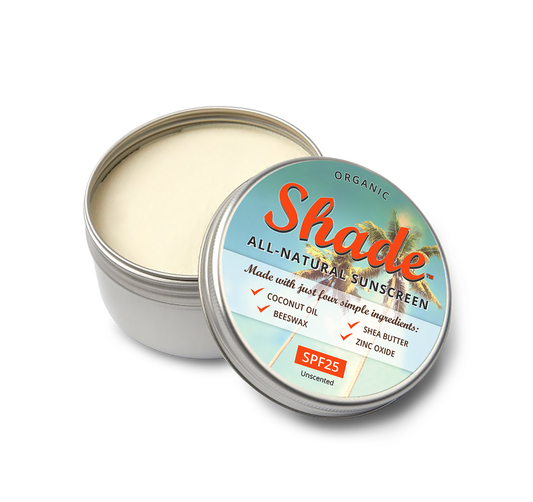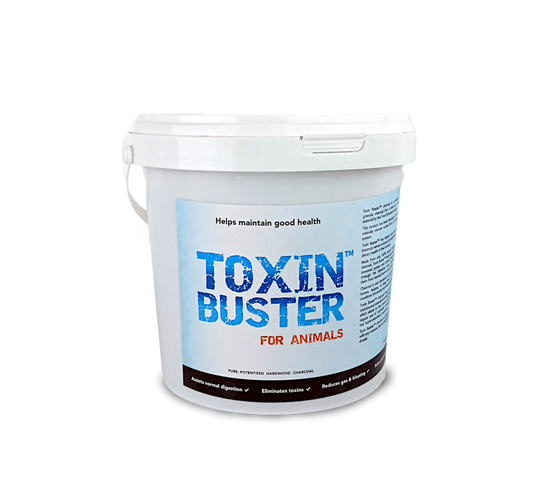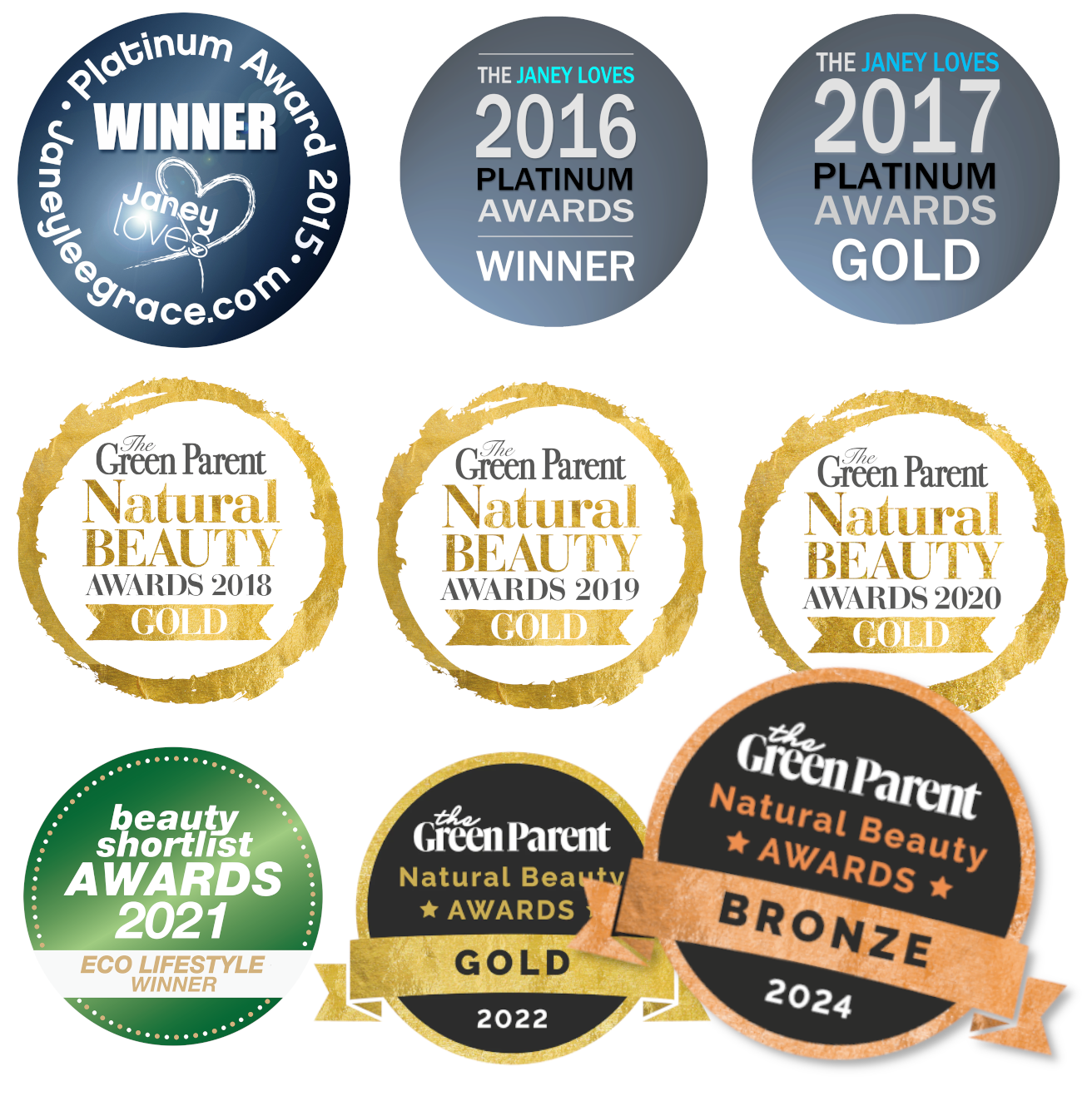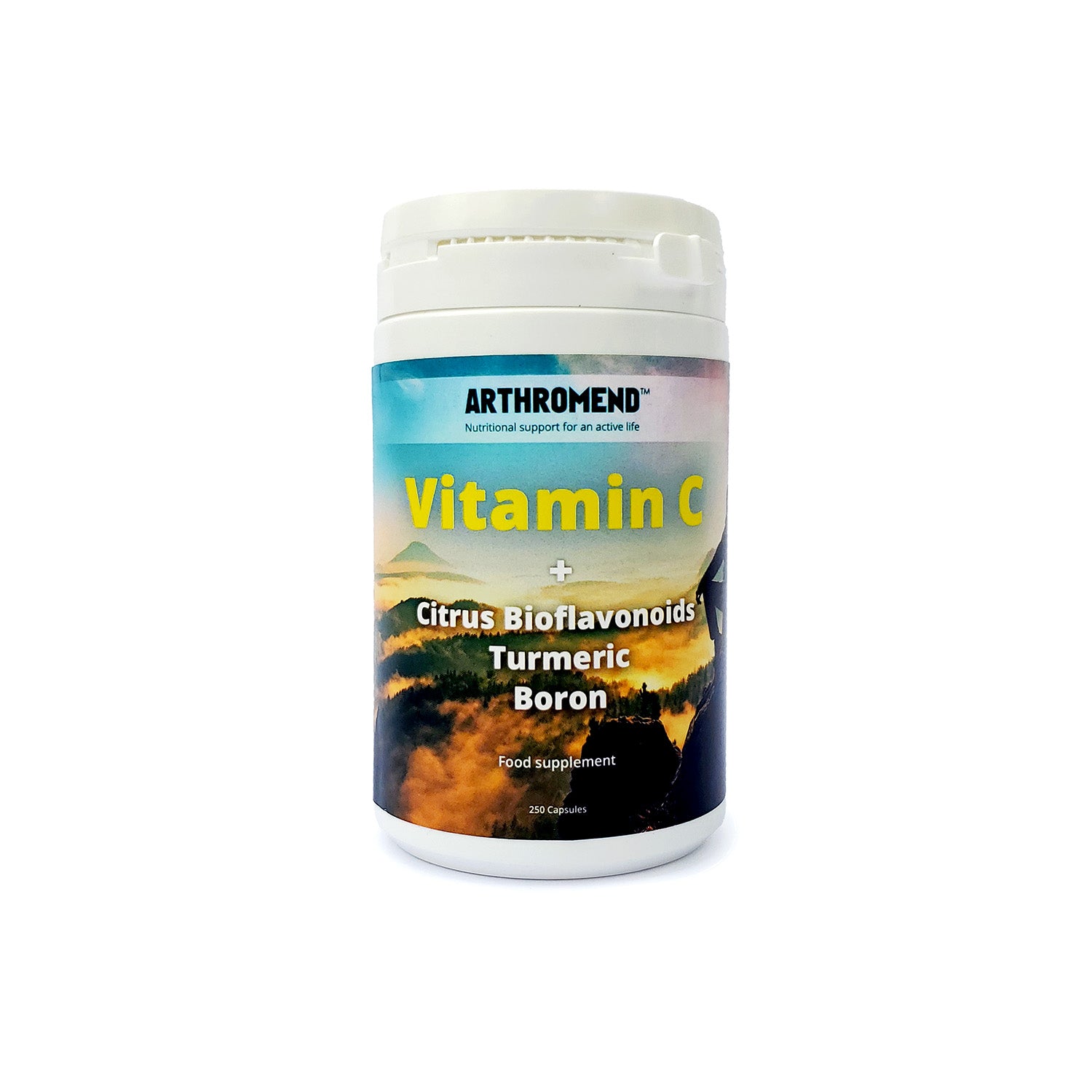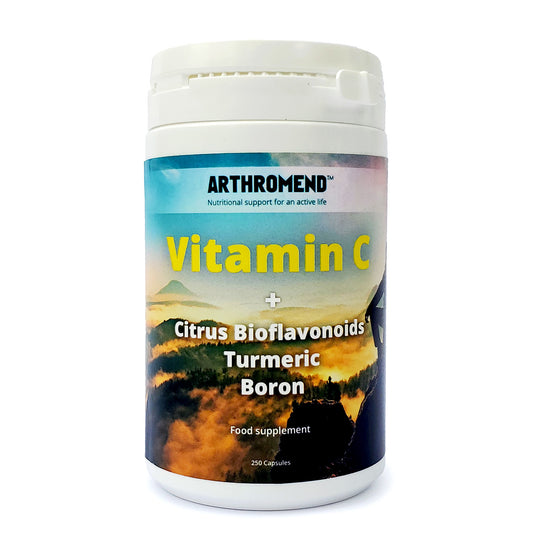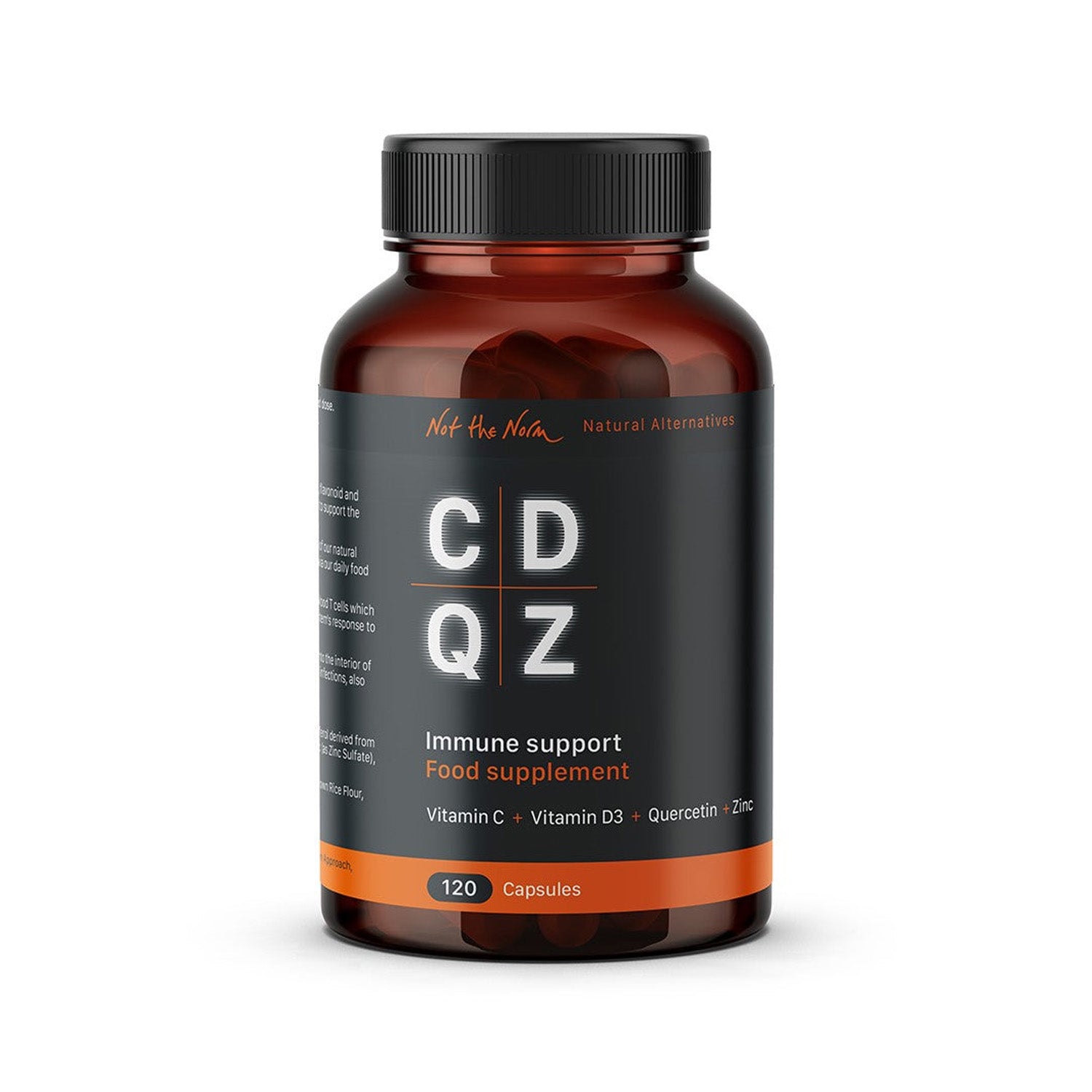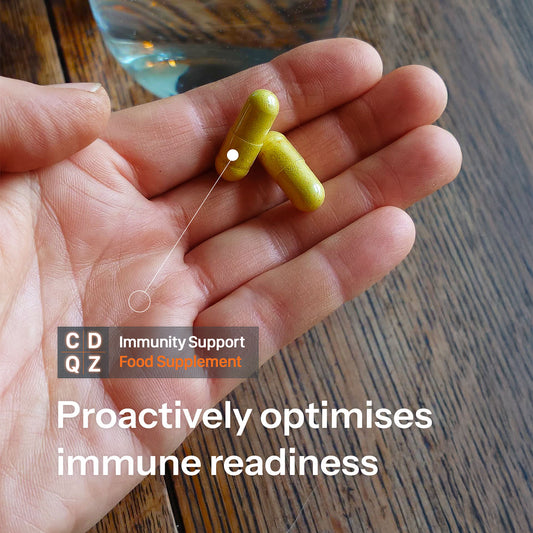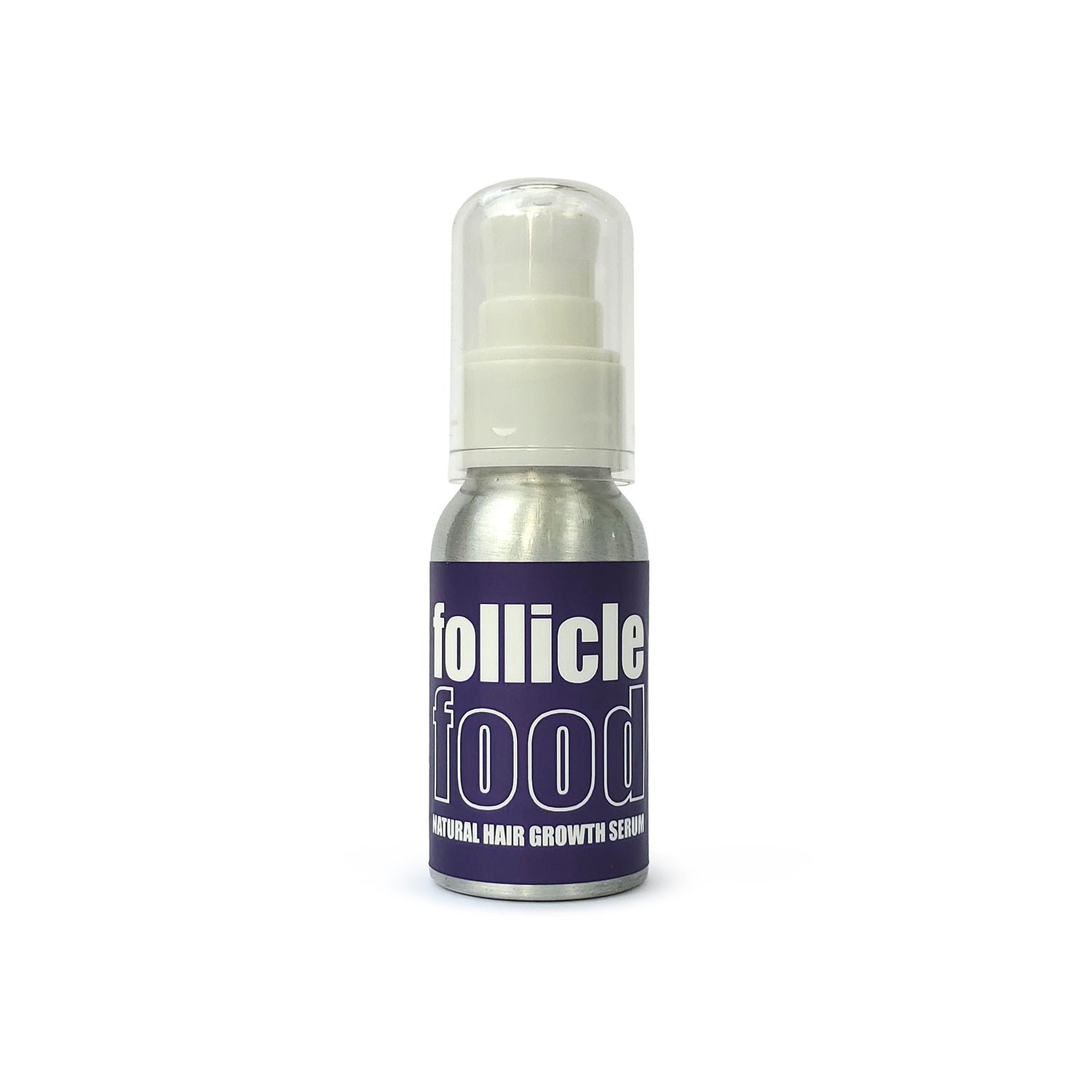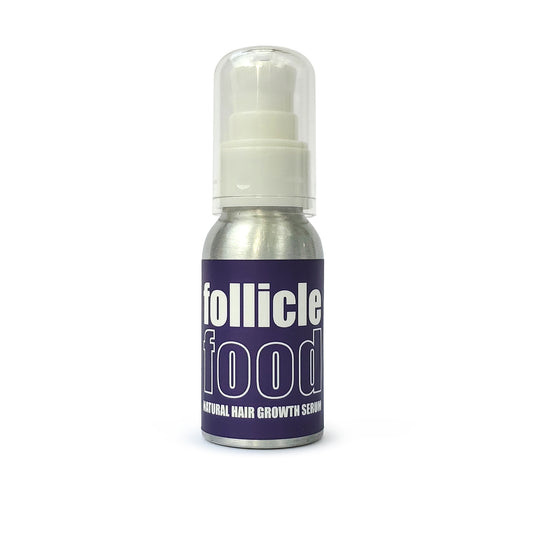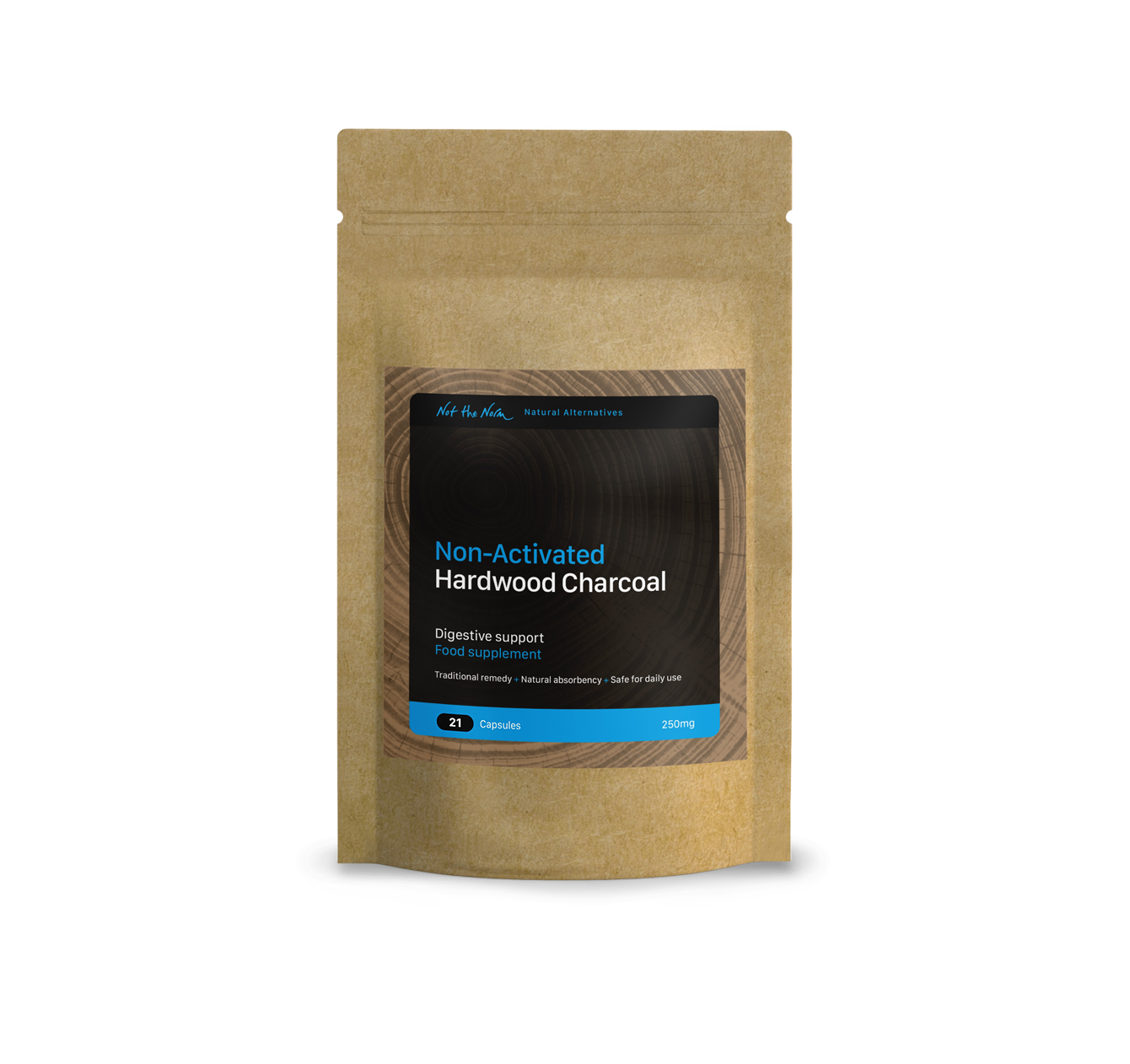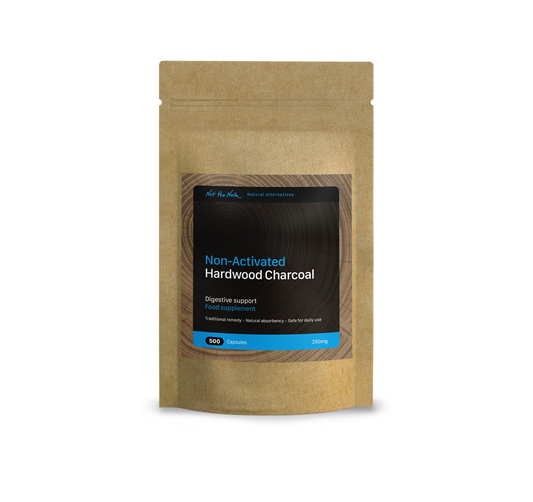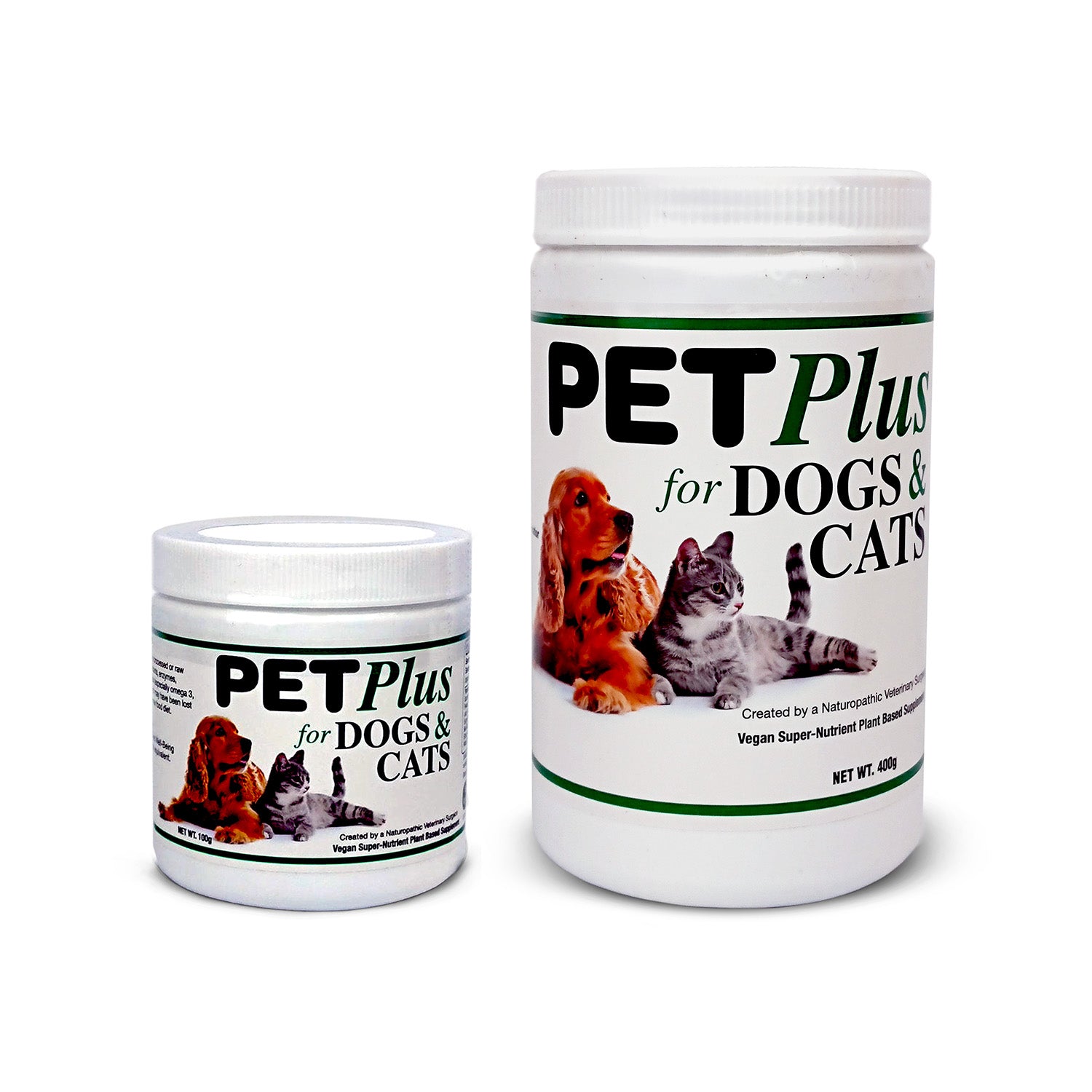This article is mainly based on facts obtained from the following websites. For a more detailed list of sources, please refer to the references section at the end of the report.
World Health Organization
Center for Disease Control and Prevention (USA)
National Cancer Institute (USA)
Food and Drug Authority
National Institute for Environmental Health and Safety (USA)
Agency for Toxic Substances and Disease Registry (USA)
It's said that we are each full of toxic chemicals. Is this really true?
Yes, unfortunately it is. The Center for Disease Control and Prevention (CDC) reports that more than 300 environmental chemicals (the compounds or elements we find in air, water, food, soil, dust, or consumer products) and their breakdown products (metabolites) have been currently identified in various human samples such as urine, blood, serum and even breast milk!1
Are these chemicals really bad for our health?
Most of the chemicals listed by CDC have already been found to bring about various deleterious effects on humans, while the toxicity of many others is still being investigated. The consequences may either be long term or short term, depending on the harmfulness of the contaminant and the level of exposure. The possible risks include nerve damage, cancers, damage to kidneys, lungs and liver, infertility, obesity and diabetes to name but a few.
Some of these chemicals are broken down in the organs like the kidneys or liver and then safely expelled through urine or sweat. Some are not. They can remain stored in specific tissues such as bone, fat and muscle where they interfere with the functioning of these tissues. Even those chemicals which can be readily excreted from the body can be detrimental if we are continuously exposed to them. They may not harm us right away, but can accumulate within the body over the course of time and result in a variety of illnesses once they reach a certain level of concentration.
Where do these chemicals come from?
It’s widely acknowledged that we live in a chemically contaminated world. There are chemicals in the food we eat, water we drink and the air we breathe. Almost all the products we consume on a daily basis are laden with chemicals. Cosmetics, paints, cleaning agents, cookware, plastic storage containers, and many other seemingly innocent everyday consumer goods are guilty of harbouring hundreds of chemicals which later find a home in our bodies.
How do these contaminants enter our body?
As we are now unavoidably living in a pool of mixed chemicals, our bodies have no choice but to absorb them. We can identify a few major routes through which these toxins come into our body. They may creep into our bodies with our food, water or air. They can be absorbed into the blood through our skin and mucous membranes as well. There is also the possibility of these chemicals being passed from a mother to her baby through the placenta or breast milk.2
Since most of these contaminants are colourless, odourless and tasteless, we are often innocent victims. Sometimes however, we might take them in knowingly, such as the case when we eat fast foods, consume alcohol or smoke.
What contaminates our foods?
Simply eating is the major method of introducing chemicals into our body. Food may carry various chemicals which have either been incorporated intentionally or unintentionally during various stages of food processing.4
We are deliberately poisoning our own food. For example, almost all processed foods contain a variety of chemical additives in the form of preservatives, food colourings, flavour enhancers, stabilisers, and emulsifiers etc. These chemicals are supposed to serve various purposes in the food such as extending the shelf-life, improving the colour, flavour, texture and appearance of the food. There can also be residues of animal drugs, pesticides, fertilisers and other agrochemicals in the foods derived from animal and plant sources4. Most of these have been approved by the authorities and are labelled GRAS (Generally Recognised as Safe).3
However, the FDA warns that since the safety status of these is determined using our limited available science, one can never be absolutely certain of the risk-free nature of these additives.3
Often they sneak in uninvited. Hazardous chemicals such as toxic metals, pesticides, and fertilisers may get into our foods thorough polluted water, air and soil. Some chemicals such as acrylamide may be formed in foods during their preparation5. Cookware, food containers and utensils are another common means through which these poisons come into contact with our food. Lead, found in some ceramic glazes, aluminium, found in beverage cans, pots and pans; plasticisers found in plastic containers are a few examples of these. There may also be biological toxins produced by certain microorganisms or the food itself.
Will drinking water effectively eliminate toxins?
Not necessarily! The tap water we use for drinking and washing is also a cocktail of poisons. Water companies routinely add chemicals such as chlorine and fluorine, arguing that they purify water, but many people are lobbying for the ban of such chemicals in their water supply due to their high toxicity. In addition, water often contains several harmful substances including agrochemicals, pesticides and toxic metals which are introduced through various agricultural and industrial practices. Alarmingly, chemicals can even get into our water through the vessels in which we store it such as plastic and metal containers.
To ensure you have pure water to drink, install an under sink reverse osmosis filter, or a cheaper option is to use a 7 stage gravity filter such as the Santevia™. This cleans tap water so effectively that when we put some blue food dye into the water to test it, 5 hours later (yes, it takes that long to go through!) there wasn’t even a trace of the blue dye left. The rocks placed in the bottom of the collecting basin then add minerals to the water, and alkalise it for you. It tastes fresh and clean.
Maybe it'll be OK if we just keep breathing…
Even the air we breathe is not free of toxic chemicals. Air circulating in urban areas is a complex mixture of pollutants including lead particles, ozone, carbon monoxide, sulphur dioxide and nitrogen dioxide.6,7 The bad news is that the air inside our homes can also be poisoned. Many familiar household products such as air fresheners and aerosol sprayers, office equipment such as correction fluid and permanent markers, paints and other building materials may contribute to the pollution of indoor air.8 In addition, biological materials such as plant pollens, moulds and their toxins play a significant role in poisoning the air inside our houses.8
Your beauty products are surprisingly ugly on the inside…
Many cosmetic products we apply daily on our body may be hiding a not-so-pretty secret in them. If you look at the labels on skin care products, sunscreens, makeup, perfumes and various other beauty care products you are using, you can see that there are hundreds of chemicals listed as ingredients. Some of these cosmetics such as lipsticks and antiperspirants may contain lead and aluminium particles12 while many include nanoscale materials of which the potential dangers have not yet been determined.10 These compounds can get absorbed into our blood stream thorough the skin and add to our chemical burden.
It’s okay, we can rely on medicines to make us better.
No, we can’t! Even the ordinary drugs we are taking such as pain killers, antidepressants, antibiotics and various other pharmaceuticals are made up of purified chemicals and are often highly toxic themselves. Of course they can relieve symptoms, yet they may also cause more serious conditions in the long run. Moreover, other personal products such as tooth pastes, mouth washes and some dietary supplements also contain chemicals which can be harmful in some instances.
Getting to know some of the culprits…
1. Toxic metals
Metals such as mercury, lead, arsenic, aluminium, and cadmium are the most recognised environmental chemicals that will make us ill.
Mercury
Where does it come from?
Every person comes into contact with some level of mercury at some point in their lifetime, the dose and the form of exposure varying from one to another. We can be exposed to mercury mainly by eating fish and shellfish contaminated with methylmercury, which is an organic substance produced by the mercury digesting bacteria. Mercury is also found in various everyday products such as batteries, thermometers, lamps, dental amalgams, pharmaceuticals, skin-lightening products and other cosmetics. 9
How can it make us ill?
Mercury is among the top ten chemicals that pose a major health risk to the public. Even small doses of mercury can cause serious health problems including toxicity to nervous, digestive and immune systems and kidneys. It can also be passed to a foetus via the placenta and adversely affect the development of the brain and nervous system of the baby. 9
Lead
Where does it come from?
Lead is one of the most dangerous toxic metals. It can be found in our water, food, beverages and some imported cosmetics. Even though lead containing paints were banned in 1970s due to its harmful nature, it is still found in old buildings and furniture containing old paints. Water can get contaminated with lead through lead containing pipes and faucets while food may get contaminated during processing and storage. 12
How can it make us ill?
Lead particles will damage our nervous system, kidneys, heart, and reproductive system. 11
Arsenic
Where does it come from?
Arsenic is another metal which is highly toxic to our body. It is introduced to our food and water through various fertilisers and pesticides. 13
How can it make us ill?
Arsenic can cause cancers and skin lesions, may damage the nervous system and is also associated with diabetes. 13
2. Persistent Organic Pollutants (POPs)
What are they?
These are the organic chemicals that can last in the environment and within our body for longer periods of time; hence the term Persistent Organic Pollutants (POPs). They include dioxins, polychlorinated biphenyls, polyfluorinated compounds and organochlorine chemicals such as DDT. These are generally less soluble in water and readily dissolve in lipids, thus get accumulated in the fatty tissues in the body. 2
Where do they come from?
POPs can be found almost everywhere on earth in significant amounts. The food we eat is the main source of POPs. For example, more than 90% of dioxins enter our bodies through food; mainly meat, fish, shellfish and dairy products. The air - both indoors and outdoors - can also introduce these toxic chemicals into our bodies. Many day-to-day products, such as flame retardants, surfactants, non-stick coatings (e.g., Teflon), stain repellent products and old pesticides (e.g. DDT) are also sources of POPs.18
How can they make us ill?
Many persistent organic compounds, even in low levels, can cause cancers, reproductive disorders and birth defects. They may also interfere with hormones, alter the immune system and induce obesity and diabetes.18
3. Gaseous substances
Gases such as carbon monoxide, ozone, nitrogen dioxide, sulphur dioxide and tobacco smoke are the major contaminants of outdoor and indoor air, sneaking into our lungs with each breath we take.
Carbon monoxide [CO]
Where does it come from?
Carbon monoxide, one of the most toxic indoor air contaminants comes to air through incomplete burning of fossil fuels, tobacco smoke and automobile exhaust.15
How can it make us ill?
High levels of carbon monoxide depletes oxygen form the brain, leading to nausea, unconsciousness and even death.15
Tobacco smoke
Where does it come from?
Obviously, this pollutant is the result of smoking, one of the common methods through which people poison their own systems as well as those of others nearby. Even the non-smokers may become victims of “passive smoking”, i.e. inhaling the second hand smoke emitted by an active smoker.
How can it make us ill?
Tobacco smoke contains many lethal chemicals such as lead particles, carbon monoxide, nicotine, cotinine and thiocyanates. These toxins can cause various cancers including lung cancers, breast cancers and brain tumours. They may also result in heart disease, respiratory disease and skin disease. The risk of premature birth and other birth disorders is increased when pregnant mothers are exposed to tobacco smoke.
4. Alcohol
How can it make us ill?
This is another substance with which we knowingly poison our bodies. Although moderate amounts of alcohol can be successfully tolerated by our body, excessive alcohol consumption may damage our kidneys and liver. It can also lead to brain damage, diabetes and obesity.
5. Volatile organic chemicals
Where do they come from?
These are chemicals such as formaldehyde, benzene and gasoline which are found in solvents, fuels and many fragrance ingredients. Paints, lacquers, cleaning supplies, pesticides, office equipment such as copiers and printers, correction fluids and permanent markers also contain a variety of organic chemicals that are volatile. These products may release organic compounds during usage, and storage.15
How can they make us ill?
Some of these chemicals are recognised as cancer-causing agents and some may cause disorders in nervous system while many others are known to be allergens and sensitisers.2
6. Plastics
How can they make us ill?
Even the plastics we use in our daily activities may introduce various toxins into our bodies. When plastics are used as storage containers, they may leak out chemicals that dissolve into the foods, beverages and water stored in them, such as BPA (Bisphenol A). These chemicals include plasticisers, stabilisers and dyes that may contain toxic metals such as lead or cadmium. The major threat is the possibility of developing cancers while milder reactions such as skin irritations may also occur.
7. Acrylamide
Where does it come from?
Food and cigarette smoke are the major sources of acrylamide exposure. It is formed when starch-rich foods like potatoes are subjected to high-temperature cooking methods such as frying, baking, or broiling.17 This means that foods such as French fries and potato chips can contain high levels of acrylamide.
How can it make us ill?
Agency for Toxic Substances and Disease Registry lists acrylamide as a chemical that is “reasonably anticipated to be a human carcinogen”.16 Exposure to very high levels of acrylamide has even been reported to result in neurological damage.
8. Biological toxins
What are they?
Apart from these synthetic chemicals, there are many toxic compounds of biological origin that can harm us. One such class of toxins is microbial toxins such as aflatoxin which are encountered through contaminated foods. Another is histamine that is produced in some fish species as a result of bacterial contamination. Some plants and mushrooms may also contain certain types of toxins in varying amounts.
How can they make us ill?
Histamine may trigger allergic responses in us upon eating19 while other microbial and plant toxins may produce various diseases ranging from digestive disorders to cancers.
So how can we keep these toxins out of our body?
Avoiding these chemicals, is it possible?
They say the best method of keeping out the toxins is avoiding them. While this may be true in some cases such as alcohol consumption, smoking and eating fast foods, it may not be a practical solution in most of the instances. For example, how can we avoid the mixture of chemicals that creep into our lungs with the air we breathe? Can we be absolutely sure that the water we drink is totally free of any undesired chemicals? What about the fresh fruits and vegetables? Are they safe? Even if they bear the ‘organic’ label, how can we be certain that they do not contain any trace amount of chemical fertilisers or pesticides from neighbouring farms?
Studies reveal that residues of some persistent pesticides which are now banned may still be present in the environment, and there is evidence to suggest that we are even being sprayed from high in the sky with chemicals designed for cloud seeding and climate manipulation. In such situations it is virtually impossible for us to get away from these toxins.
Then what can we do?
One of the most effective methods is periodically cleaning out the chemicals that accumulate in our body. This has come into the focus of many individuals, doctors and other scientists lately. While some argue that our body itself is perfectly capable of eliminating these toxins, many studies have revealed the benefits of detoxification schemes that will assist the natural purification process.
But surely our body can do this job on its own?
The human body does have an efficient detoxification scheme of its own, comprised of the organs such as liver, kidneys, skin, and lungs. But we are designed to deal with toxins which are present in our natural food and environment, not the onslaught of man-made chemicals we have to deal with nowadays. Usually these toxins are processed in the kidneys and the liver and then their break-down products are expelled with urine or sweat.
Some chemical toxins cannot be excreted effectively through these mechanisms due to a variety of reasons. After being released into the bloodstream to be excreted, some of these chemicals will be reabsorbed into the body instead. Some chemicals will be deposited in specific tissues such as bone, fat, and muscle, making it harder to get rid of them. Some will bind to plasma proteins and remain in blood. 2
There is also the possibility of the detoxification organs in our body becoming exhausted and damaged due to the frequent exposure to the toxins, like in the case of alcoholic cirrhosis.
So what options are there for detoxification?
At present there are many schemes that are being practiced for body detoxification. Each of these methods comes with its own advantages and disadvantages and it is up to you to carefully evaluate their pros and cons before deciding what is best for you. Following is a summary of most common detox methods used today.
Sweating
Sweating can expel toxins through our skin. This is usually achieved by methods such as exercise, sauna treatments, showers and massage etc. However, some chemicals such as perfluorinated compounds will not be effectively removed through this method. It is also not always practical to take the time to have a sauna as regularly as would be effective, and for some of us it is contraindicated due to existing medical conditions.
Detoxification diets
This involves consuming a diet composed of limited foods, completely eliminating some food components from the diet or in some extreme cases fasting for extended periods of time. Detoxification diets can be beneficial in many instances when foods such as processed foods or alcohol are eliminated. On the other hand there is the risk of nutritional deficiencies when the persons practice dietary habits such as juice fasting. Raw food diets can be particularly useful for people who are very ill and need to build up their strength and reserves, but again these can be time-consuming to prepare and involve a complete lifestyle change, which is not always practical or easy even for people with the strongest willpower.
Colon cleansing
This is done by consuming large amounts of water with the aim of diluting the toxins and removing them from the body. Colon cleansing may also include administrating laxative ingredients to flush the toxins out of the systems. This practice while being effective for some patients, can be dangerous if practiced in the wrong way. It can also include regular colonic irrigation sessions which do are not appealing to many people. Apart from that, there is also the possibility of removing essential molecules along with the toxins. And this is not helpful in the case of lipid-soluble toxins.
Isn’t it wise to try and prevent the build-up of these toxins in the first place?
Yes. Avoiding adding toxins to your body burden consciously by choosing safer, natural alternatives such as organic food, natural personal care and beauty products and driving out the toxins that enter into our body before they can cause harm protects us from various disorders - mild and serious. Chemicals do not then have a chance to get deposited in our tissues thus reducing the risk of cancers and other chronic illnesses that result from continuous exposure to these chemicals. By regularly clearing out the undesirable chemicals that are clogging up our systems, preferably on a daily basis, we can increase the functionality of our body. This reduces the damage to our cleansing organs - such as the liver and kidneys - and stimulates and supports them to drive out these toxins more efficiently.
Our tuppenceworth of advice?
Avoid dangerous toxins by reading product labels, particularly in food labels and cosmetics - if you can't pronounce the ingredient, it's not likely to be good for you! Our cosmetic and health products are made with 100% natural, sustainable and ethical ingredients that our bodies are able to cope with. One such product is our sunscreen, Shade™ All-Natural Sunscreen.
We also recommend taking non-activated charcoal daily. Our Pure, non-Activated Hardwood Charcoal adsorbs toxins you have ingested in your food or water during the day and removes them in your stool. This is a safe, natural way to reduce your toxic body burden on a daily basis. You'll have more energy, better digestive health, better skin, a stronger immune system and weight loss will be easier to achieve! Our charcoal, sold as 'Toxin Buster' is available for your beloved pets too!
Learn more about Shade™ at www.shadecream.com and use this code BODYBURDEN14 for an exclusive 10% discount on Shade™ and Toxin Buster™ on this website.
Sources
1. Environmental Chemicals retrieved on 14/07/2013
2. Sears, M. E., & Genuis, S. J. (2012). Environmental determinants of chronic disease and medical approaches: recognition, avoidance, supportive therapy, and detoxification. Journal of environmental and public health, 2012.
3. Overview of Food Ingredients, Additives & Colors retrieved on 14/07/2013
4. Assessing chemical risks in food retrieved on 14/07/2013
5. Biomonitoring Summary - Acrylamide retrieved on 14/07/2013
6. Air pollution retrieved on 14/07/2013
7. Ambient (outdoor) air pollutionretrieved on 14/07/2013
8. Indoor air quality retrieved on 14/07/2013
9. Mercury and health retrieved on 14/07/2013
10. Nanomaterialsretrieved on 14/07/2013
11. Lead retrieved on 14/07/2013
12. Sources of Lead retrieved on 14/07/2013
13. Arsenic retrieved on 14/07/2013
14. Dioxins and their effects on human health retrieved on 14/07/2013
15. Indoor air quality retrieved on 14/07/2013
16. NTP: Reasonably anticipated to be a human carcinogen retrieved on 14/07/2013
17. Acrylamide and Cancer Risk retrieved on 14/07/2013
18. Persistent organic pollutants retrieved on 14/07/2013
19. Histamine and other biogenic amines retrieved on 14/07/2013
20. Hyman, M. (2007). Systems biology, toxins, obesity, and functional medicine. Alternative Therapies in Health & Medicine, 13(2), S134-S139.


